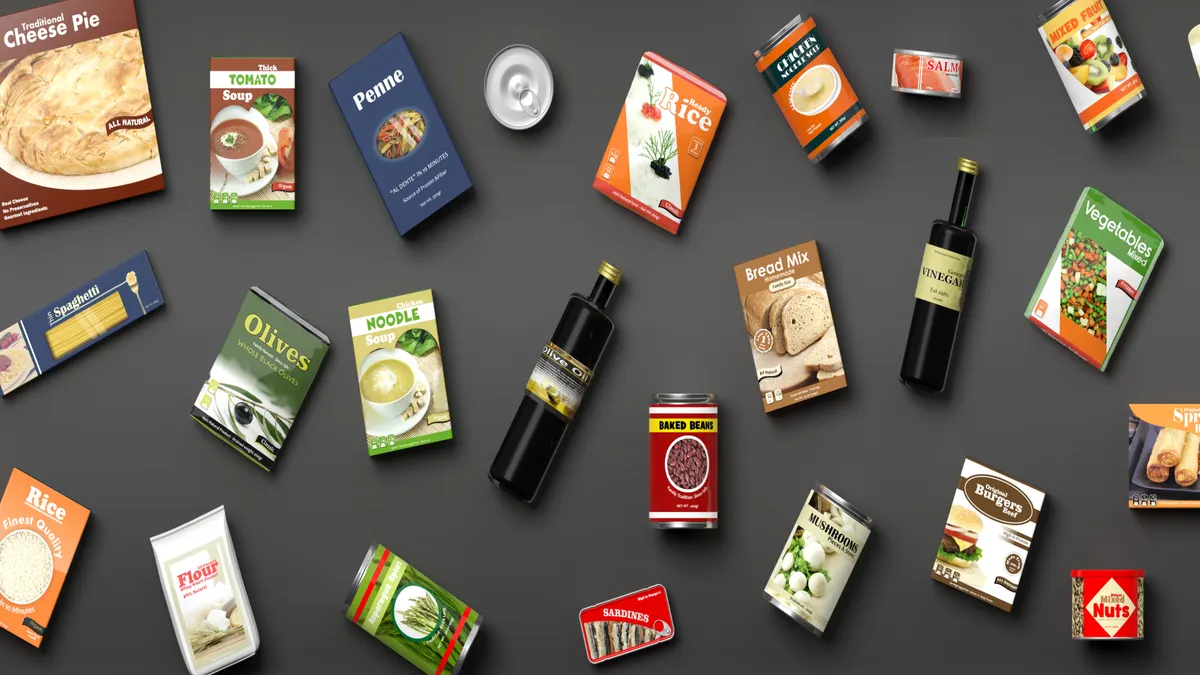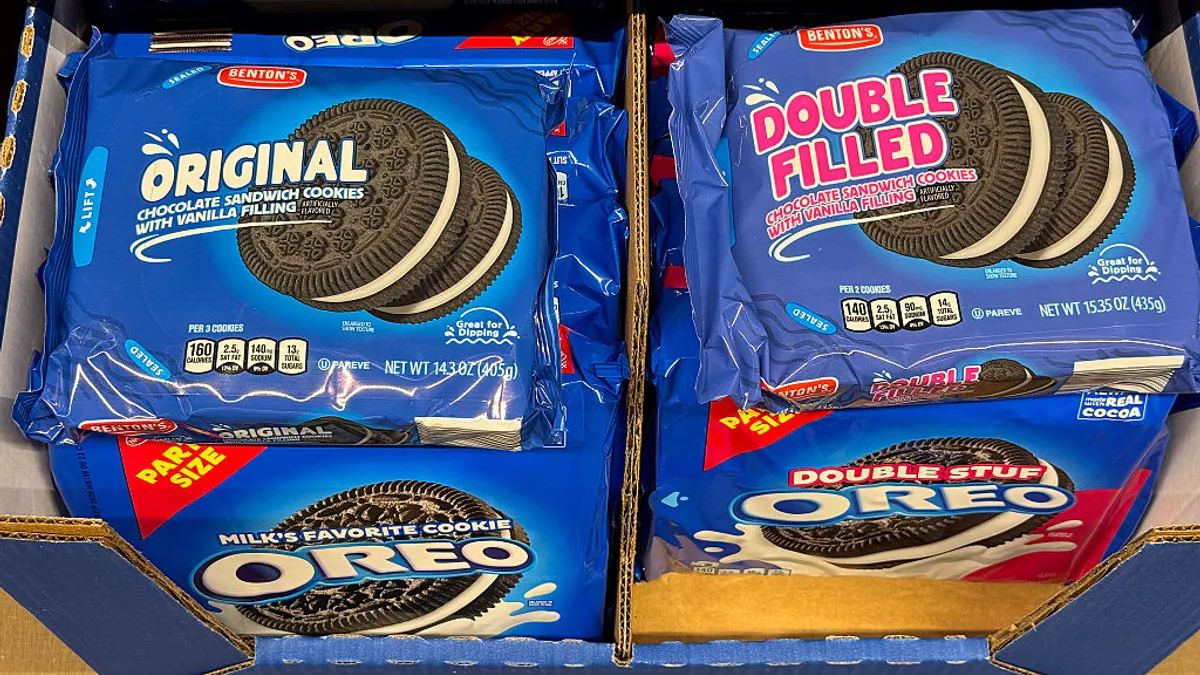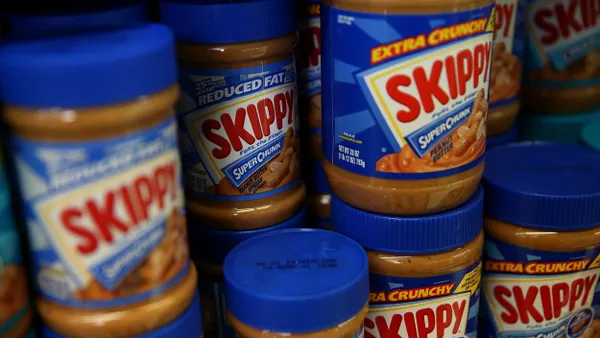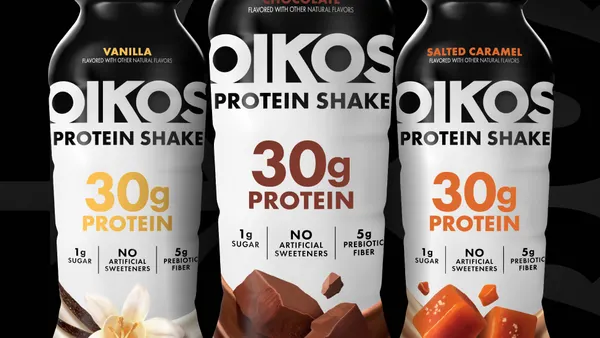Dive Brief:
-
Scientists from Spain, Portugal, Italy and France have developed a process to detoxify gluten proteins. This could allow those with celiac disease to safely eat wheat, rye, spelt and barley. The study was published in the journal Food Hydrocolloids.
-
The researchers found a way to reorganize the protein's molecular structure so it can't as easily cause an immune response, according to Bakery and Snacks. They used natural polysaccharides such as chitosan to accomplish this task. By doing this, the digestibility of gluten is limited, preventing the protein and toxic peptide release that occurs in those with celiac disease, the publication noted.
-
Flour is not affected by this detoxification process, the same researchers found in an earlier study, and the dough retains its structural form. "We believe this research project will allow developing wheat-based products with sensory, nutritional and technological properties similar to traditional products, but safe for people suffering from celiac disease," Marta Rodríguez-Quijano, a researcher from the Polytechnic University of Madrid, said in a statement.
Dive Insight:
This development could be significant for celiac patients and others with gluten sensitivity since adhering to a gluten-free diet is often more expensive. In addition, gluten-free products may not have the same nutritional value or offer the same taste, flavor or texture as those containing gluten at levels higher than 20 parts per million — which is the limit the Food and Drug Administration has set for labeling foods as "gluten-free."
If, as the researchers claim, their technology has a minimal effect on flour and the products made from it, the result could benefit both consumers and manufacturers depending on the supply and cost. The market might also prosper because products containing the flour could appeal not only to people with celiac disease and those with gluten sensitivity, but potentially to others wanting to avoid any immune response from gluten.
Makers of gluten-free products might view the development of this technology differently, however. It could mean a switch back to wheat or other gluten-containing grains after they've reformulated to reduce or eliminate it in their products. Another possibility is that some food makers might choose to offer an array of products to draw consumers from across the gluten spectrum. But this could lead to higher financial costs and create logistical challenges when it comes to manufacturing and distribution.
According to a study from The Hartman Group, 35% of U.S. consumers who buy gluten-free products have no special reason to do so, while 8% said they had a gluten intolerance. However, research shows it's possible 5% to 10% more of the population has a gluten sensitivity of some kind. Beyond Celiac estimated 83% of Americans who have celiac disease haven't been officially diagnosed, which could be another potential source of market demand.
Some consumers adhere to a gluten-free diet despite having no medical reason for it. They may simply believe it's a healthier way to eat. A 2015 survey from Australia's Monash University found that 78% of those who buy gluten-free products indicated they had some sort of health reason for their behavior.
Meanwhile, the market for gluten-free products is surging. Packaged Facts reported U.S. sales are forecast to surpass $2 billion this year compared to about $973 million in 2014.
It's uncertain whether the technology used by the international research team to detoxify gluten proteins will be adopted and sufficiently scaled up for commercial use. If it is, and food manufacturers decide to give the resulting flour products a try, this could be a workable solution to the gluten-intolerance problem. But that would depend on how much of it is available, what it costs, how much it alters processing procedures and whether too many labeling changes would have to be made.
Consumer acceptance would be the final determination since some people with celiac disease who are particularly sensitive might not want to try the altered flour in case it still causes a reaction. They might decide to stick to gluten-free alternatives rather than take a chance. But it may make a lot of sense for others who don't have a serious condition — and for manufacturers to stay attuned to changing consumer demands.













